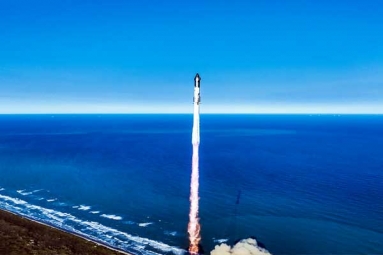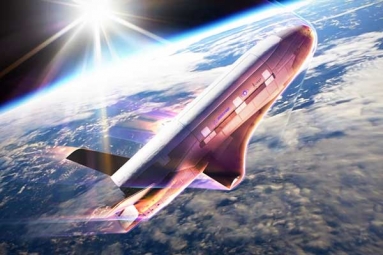A new study published in the `Journal of Science’ suggests that humans landed on Australian shores hunting fantasies gave raise to giant beasts extinct.
A study by scientists showed that 45,000 years ago, humans landed in Australia. Their passion for hunting led nearly 55 giant vertebrates, which were herbivorous, extinct. Many animals that were present on the Australian shores around that time like 6,000-pound rhinoceros wombat, giant kangaroo, marsupial lions, giant birds and reptiles, are now extinct. However the study concluded that the arrival of these humans was likely the driver of intense changes to the region, which led to the annihilation of Australia's giant herbivores and drastic changes to the habitat that turned a patchy, shrub-filled landscape into a fire-prone grassy eucalyptus forest. The extinction in turn caused major ecological changes to the landscape.
The scientists looked at pollen and charcoal from Lynch's Crater, a sediment-filled volcanic crater in Queensland that was surrounded by tropical rainforest until European settlement, the BBC reported. They found Sporormiella spores, which grow in herbivore dung, virtually disappeared around 41,000 years ago, a time when no known climate transformation was taking place. At the same time, the incidence of fire increased, as shown by a steep rise in charcoal fragments. It appears that humans, who arrived in Australia around this time, hunted the megafauna to extinction, the scientists said.
"People turn up in Australia and it's quite soon after that you start to see this series of events unfolding," study researcher Christopher Johnson, of the University of Tasmania in Australia, said. The removal of large herbivores altered the structure and composition of vegetation, making it more dense and uniform, he added. (With inputs from internet- AarKay)











